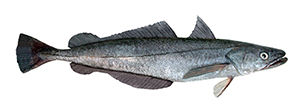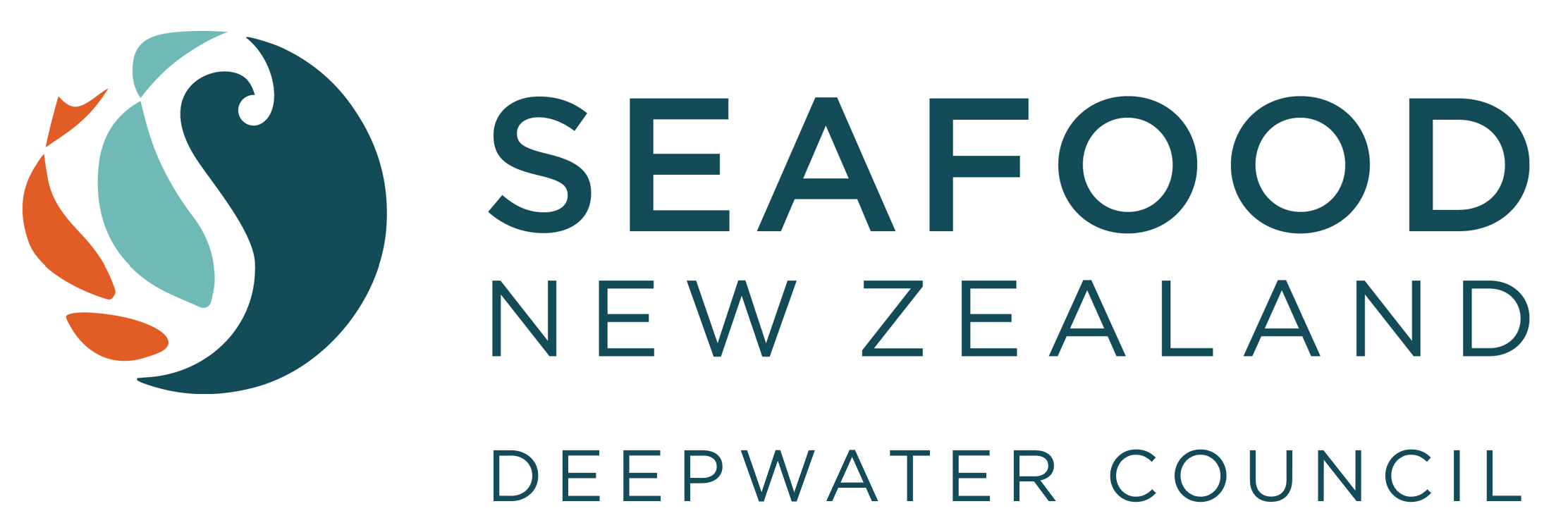Hake (HAK)
Hake fisheries are sustainably managed - click here.
HAK 1 and HAK 4 are certified sustainable under the Marine Stewardship Council's programme - click here.
To view the supporting documents for the most recent MSC assessment, click here.
New Zealand hake is harvested mainly by trawl from the South Island, off the east and west coasts and in sub-Antarctic waters. The two main fisheries, off the west coast of the South Island and on the Chatham Rise, have traditionally consisted of bycatch in the much larger hoki fisheries, but in recent years, both have become important target fisheries. Because the hake fisheries overlap with the hoki and ling fisheries they are often considered and managed as a ‘complex’, due to the influence they have on each other and the additive effects that may result.
Since 2014, the New Zealand hake fisheries have been certified as meeting the very high seafood sustainability standards required by the Marine Stewardship Council. They are part of a select few global fisheries that have been MSC certified without conditions (or areas requiring improvement).
Common Name
Hake
Scientific Name
Merluccius australis
Ministry Code
HAK
Quick Facts
- Trawl fishery (found 250-800m)
- Managed as four fish stocks: Sub-Antarctic (HAK 1), Chatham Rise (HAK 4), Challenger (HAK 7), and Kermadec (HAK 10), which is not harvested.
- DWG represents HAK 1-7 and 94% of their total quota
- Live near the seabed and move up the water column to feed at night
- Breed around 6-10 years old and live to 25 years
- New Zealand's hake fisheries have been certified sustainable by the Marine Stewardship Council since 2014
- White flesh with few bones and delicate flavour


